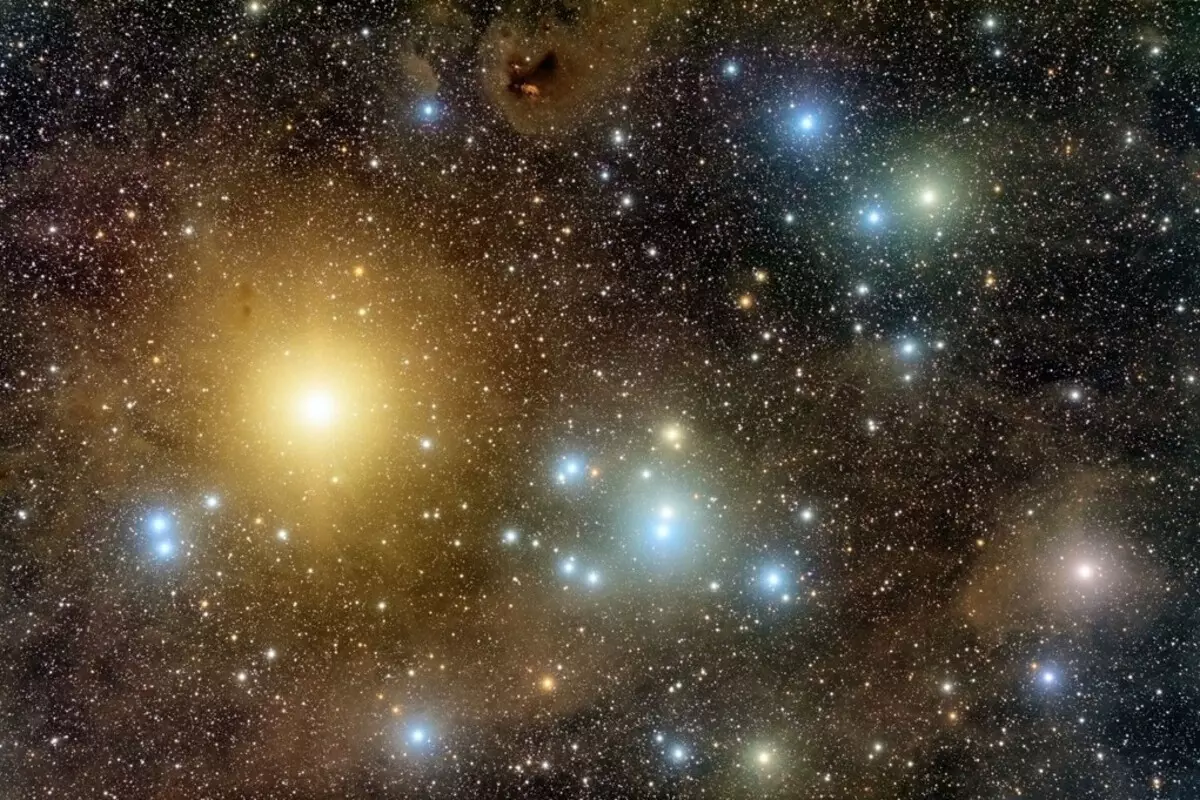
Giada is the nearest scattered star cluster to us. It is just 153 light years, in the constellation of the Taurus, so that several bright stars are visible to the naked eye from both hemispheres of the Earth. According to scientists, the giada formed more than 600 million years ago and gaining a mass of about 400 saves. This cluster fell into the lens of the European Space Probe Gaia - a device leading astrometric observations and following the accurate positions and brightness of the set of stars.
The tool considered in Giada about a hundred luminaries, occupying space about 60 light years in the diameter, and even more than stars who have already left the central region of cluster. Judging by their movement, Giada is dying, destroying under the action of a massive, but for now the unknown neighbor. About this Tereza Jerabkova (Tereza Jerabkova) and her colleagues are reported in a new article published in the Astronomy & Astrophysics magazine. The find also describes the press release, common ESA.
Star clusters are far from stable. Complex gravitational interactions within such groups of stars throw out some of them closer to the edge, and under the action of tidal forces on the part of the galaxy, they leave even further. Long and thin flows of "tidal tailings" are drawn out of the accumulation. Having traced behind the stars located near the Hyad, the Gaia telescope helped to allocate those of them that move along with the accumulation, and therefore, it is from it from it.
To identify even those stars who have long left the giada and could not get into the overall list due to a long distance or differences in the speed of movement, scientists conducted computer simulation. This made it possible to predict what and where exactly the stars should be sought in the telescope data, and identify thousands of luminaries that previously belonged to the cluster. Today they pulled out a pair of tidal tails longer than 2,600 light years.
At the same time, the number of stars in one of the tailings did not fit the predictions of models. This, according to scientists, indicates the presence of some kind of massive object, the attraction of which actively destroys Giada. Calculations show that the mass of it should reach 10 million solaries. However, it was not possible to detect an object of astronomers. It can be a gas cloud, but there is nothing suitable in the desired area. Perhaps we are dealing with a dark matter with a clot, which does not show itself in any way, in addition to their attraction.
Source: Naked Science
